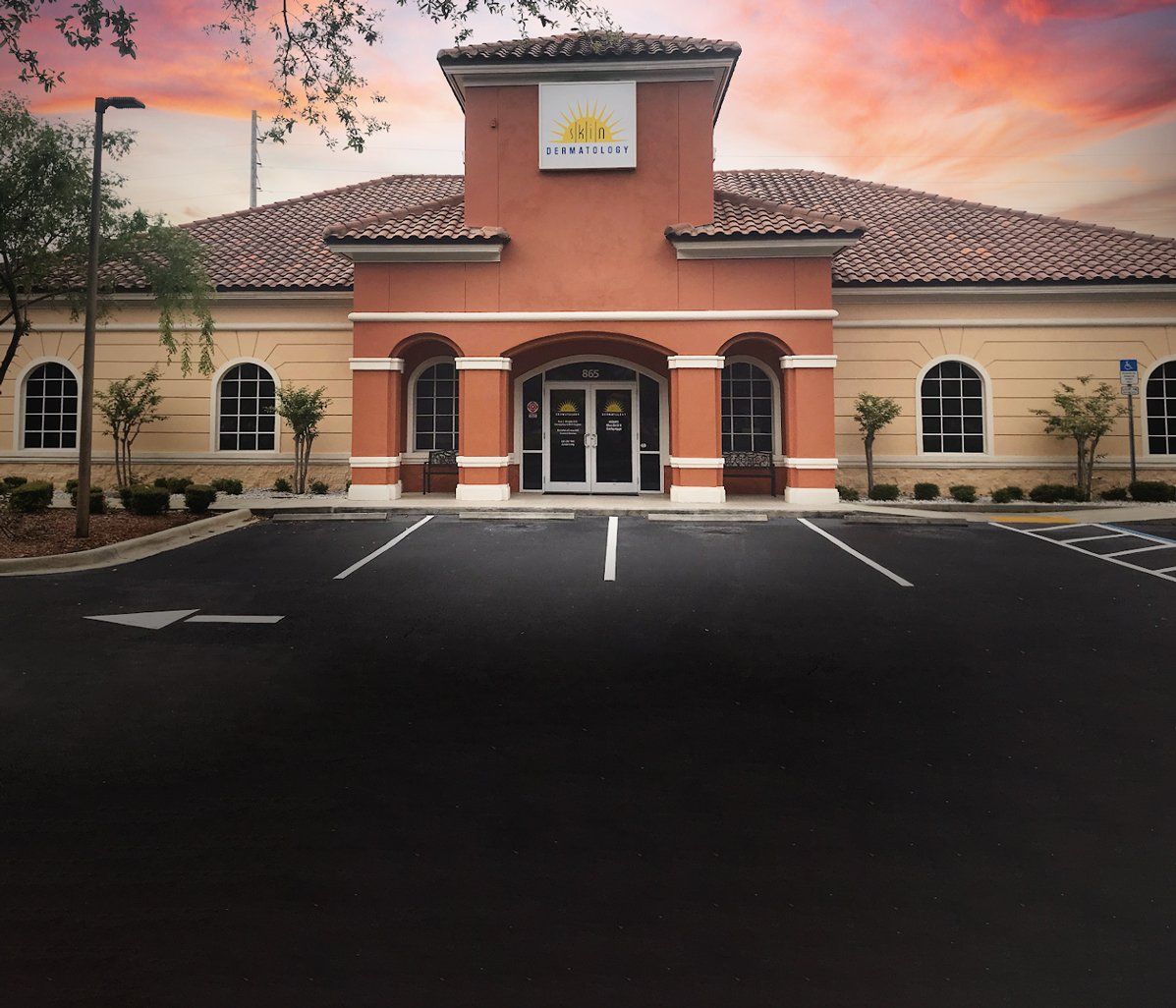Surgical Dermatology
Dr. Wheeler at Skin Dermatology is a Specialist in Mohs micrographic surgery.
Mohs Micrographic Surgery is a specialized and highly effective skin cancer treatment. The procedure, that was developed in the 1930s by Dr. Frederic Mohs at the University of Wisconsin, is now practiced throughout the world.
Mohs is different from other treatments for skin cancer. It permits the immediate and complete microscopic examination of removed cancerous tissue. Mohs surgery has been recognized as the skin cancer treatment with the highest reported success rate.
Typically, Mohs surgery is performed as an outpatient procedure in the physician's office. Although the patient is awake during the procedure, discomfort is usually minimal and not greater than it would be for routine skin cancer surgeries.
Special Qualifications for Mohs Surgeons
Physicians performing Mohs surgery should have specialized skills in dermatology, dermatologic surgery, dermatopathology, and Mohs.
Call our offices today!
Call our offices today!
Preparing for Surgery
It is important that you obtain a good night's rest and eat normally on the day of the surgery. If you are taking prescription medications, continue to take them unless otherwise directed by a physician. Tylenol may be taken at any time prior to surgery.
For your comfort, it is recommended that you wear casual, layered clothing on the day of your surgery. We provide a light snack and drinks. It is highly recommended that you arrange for someone to drive you home following surgery.
Duration of Procedure
Most Mohs cases can be completed in three or fewer stages, requiring less than four hours. However, it is not possible to predict how extensive a cancer will be, as the extent of a skin cancer's roots cannot be estimated in advance. Therefore, it is advisable to reserve the entire day for this surgical procedure, in case the removal of additional layers is required.
Minor Post-Surgical Discomfort Expected
Most patients do not complain of significant pain. If there is some discomfort, Tylenol is normally adequate for relief. Patients may experience some bruising and swelling around the wound, especially if surgery is performed near the eye area.
Options for Post-Surgical Reconstruction
After the skin cancer has been removed, your Mohs surgeon will discuss the following options with you:
- Allowing the wound to heal naturally, without the necessity of additional surgery (which may produce the best cosmetic result).
- Simple or complex wound repair performed by the Mohs surgeon.
- Referral to the original referring physician for wound repair.
- Referral to another plastic surgeon for wound repair.
Wound Healing, Scarring, and Scar Revision
As with all forms of surgery, a scar will remain after the skin cancer is removed and the surgical area has completely healed. Mohs micrographic surgery, however, will leave one of the smallest possible surgical defects and resultant scars. Often, wounds allowed to heal on their own result in scars that are barely noticeable. Even following extensive surgery, results are frequently quite acceptable. In addition, scars do have the ability, through the body's own natural healing properties, to remodel and improve in appearance for a six to twelve month period.
Professional Care
Every patient is seen by an actual dermatologist, and not an extern or other assistant. Our dermatologist, Dr. Wheeler, has more than 20 years of dermatological and cosmetic experience, and has provided the highest level of care in Central and Eastern Florida for a long time. Our team of compassionate, experienced support staff offers exemplary service, with same-week appointments available and short to no wait times.

